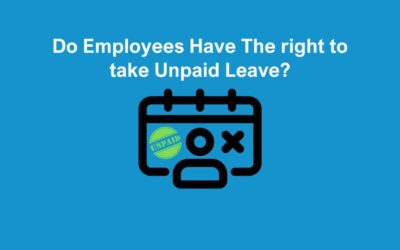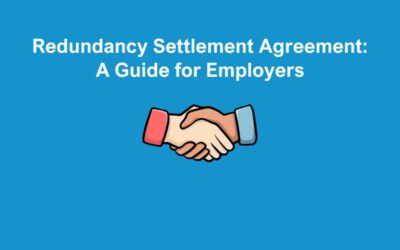The intersection of a disciplinary procedure and an employee’s resignation can present a complex scenario for employers. When an employee resigns amidst an ongoing disciplinary investigation, employers are often left questioning the appropriate steps to take. Should they continue with the disciplinary process or accept the resignation and consider the matter closed? This blog will explore the intricacies of this issue, considering legal obligations, best practices, and the potential implications of various courses of action.
Can you refuse an employee’s resignation?
The notion of refusing an employee’s resignation may seem counterintuitive, as resignation is a unilateral decision by the employee to terminate their employment contract. Generally, an employer cannot refuse to accept an employee’s resignation. Once an employee has given notice of their resignation in accordance with their contract, it is considered legally binding. Attempting to refuse a resignation could be construed as an infringement on the employee’s rights and could potentially lead to legal complications.
Understanding the Legal Framework
Under UK employment law, the primary concern for employers during a disciplinary procedure is to act fairly and reasonably. The Employment Rights Act 1996, alongside the ACAS Code of Practice on Disciplinary and Grievance Procedures, provides a framework for managing disciplinary situations. However, the guidance on how to proceed if an employee resigns during this process is less clear-cut.
Should you continue with the Disciplinary
Whether you should continue with the disciplinary depends on whether the employee has resigned with notice or with immediate effect.
If they have given notice, you should continue with the disciplinary. If this leads to a gross misconduct decision, you are then able to dismiss the employee without notice. In this case, the reason for terminating their employment will be documented as gross misconduct rather than the employee resigning.
If your employee has resigned with immediate effect, it’s unlikely that you need to continue with the disciplinary procedure. Despite this, it’s important to keep any notes you’ve taken so far as it may help you in the future if you need to defend any claims at an Employment Tribunal.
Seeking Support
Ultimately, whether to proceed with disciplinary action after an employee resigns is a decision that should be made on a case-by-case basis. Employers should consider:
- Seeking legal advice to understand the potential risks and implications of continuing or halting the proceedings.
- Reviewing the company’s disciplinary policy to ensure compliance with internal guidelines.
- Weighing the benefits of concluding the process against the potential impact on the organisation and its employees.
Conclusion
The dilemma of whether to continue a disciplinary procedure after an employee has resigned is not to be taken lightly. Employers must balance legal compliance with practical business considerations and the overall workplace atmosphere. By taking a measured, case-sensitive approach, consulting with legal professionals, and adhering to established procedures, employers can navigate these challenging situations with due diligence and integrity.
Contact Us
If you are going through a disciplinary procedure in your workplace and are in need of outsourced HR support, you can contact our HR experts now.







